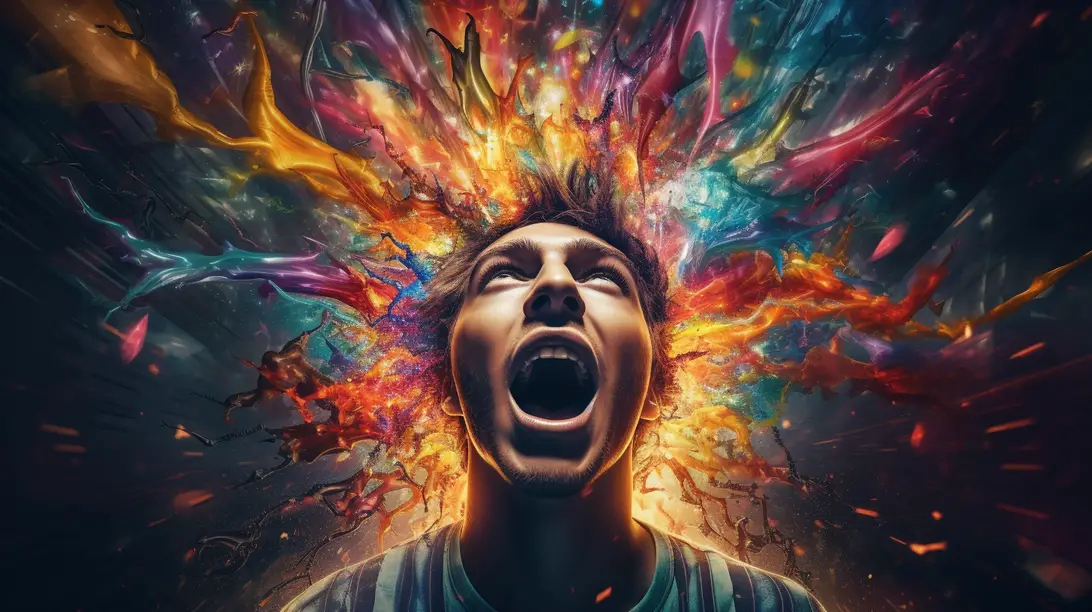Literary devices are at the heart of impactful writing. They provide depth, texture, and meaning, helping us understand the world in unexpected and profound ways. Among these tools, one stands out for its ability to connect texts across time, space, and authors—intertextuality. In essence, intertextuality is the shaping of a text’s meaning by another text. It is an influential force in literature, influencing not only the way stories are told but also how they are received and interpreted.
In this article, we will delve into 25 facts about intertextuality, which will give you a comprehensive understanding of this fascinating literary phenomenon.
1. The Term’s Origin: Coined by Julia Kristeva in the 1960s, the term “intertextuality” was used to highlight the interconnectedness of all literary works.
2. Relation to Semiotics: Kristeva was greatly influenced by Ferdinand de Saussure’s semiotics, which is the study of signs and symbols. She considered every text a product of past signs and codes.
3. Not Always Intentional: Authors may not intentionally use intertextuality, as it can arise from the cultural, social, or literary environment in which they are writing.
4. A Two-Way Process: Intertextuality works in two directions. It adds depth to the new work, and it breathes new life into the old, sometimes causing readers to reinterpret the referenced text.
5. Can Be Direct or Indirect: References to other texts can be explicit, such as direct quotes, or implicit, such as themes, motifs, or similar settings.
6. Different Types of Intertextuality: Gerard Genette classified intertextuality into five types: quotation, plagiarism, allusion, parody, and pastiche.
7. Use in Literary Analysis: Intertextuality is a crucial tool in literary analysis, allowing critics to understand the influences on and references in a text.
8. Postmodernist’s Favorite: Postmodernists frequently use intertextuality, considering it a way to challenge the idea of originality and authorship.
9. Present in Every Genre: Intertextuality isn’t genre-specific. It can be found in novels, poetry, plays, films, television shows, and even in music.
10. In Popular Culture: Intertextuality is prevalent in popular culture. TV shows like “The Simpsons” or “Family Guy” frequently reference other media.
READ MORE: WHAT IS THE FUTURE OF INTERTEXTUALITY?
11. Internet and Intertextuality: The internet, with its hyperlinks and constant referencing, is a form of digital intertextuality.
12. Academic Writing and Intertextuality: Citation practices in academic writing are a form of intertextuality, where ideas are continually built on those that have come before.
13. Biblical Intertextuality: The Bible is often intertextual, with New Testament passages frequently referencing or reinterpreting Old Testament texts.
14. Intertextuality in Music: Songwriters often reference, sample, or borrow from previous pieces, creating musical intertextuality.
15. Referential Complexity: Some works are so packed with intertextual references that they create an intricate web, which can add depth but may also limit accessibility to those unfamiliar with the referenced works.
16. Intertextuality and Parody: Parodies use intertextuality as a humorous tool, referencing the original work to create comedic effect.
17. Building Literary Universes: Intertextuality can be used to create a cohesive universe across different works by the same author or even by different authors, as seen in shared universes like Marvel or Star Wars.
18. Intertextuality in Visual Art: Intertextuality isn’t just for written or spoken media—it also exists in visual art, where artists reference or recreate past works.
19. The Role of the Reader: Intertextuality gives active roles to readers, encouraging them to seek out connections and deepen their understanding of the text.
20. Intertextuality vs. Plagiarism: While both involve using previous works, plagiarism is unacknowledged copying, whereas intertextuality is often a clear or clever reference.
READ MORE: Julia Kristeva’s concepts of intertextuality
21. Advertising and Intertextuality: Advertisers use intertextuality to connect their products to positive feelings, ideas, or experiences portrayed in other media.
22. Intertextuality in Mythology: Myths from different cultures often have similar themes and narratives—an example of intertextuality on a cultural level.
23. Influence of Translation: Translations can affect the degree of intertextuality in a text, especially when references are language-specific.
24. Cultural Intertextuality: Intertextuality often extends beyond literature, reflecting larger cultural, social, or political narratives.
25. Intertextuality and the Future: With the increasing availability and interconnectedness of media, the use of intertextuality is expected to become even more prevalent in the future.
READ MORE: An introduction to intertextuality
Conclusion:
Intertextuality is an integral part of our understanding of literature and the arts. It allows us to see the dynamic dialogue that exists between texts, between creators and consumers, and indeed between cultures. Understanding intertextuality provides us with new and exciting lenses to view, deconstruct, and enjoy the world of literature and beyond. From biblical scriptures to postmodernist literature, and from classical music to digital media, intertextuality truly pervades the human cultural experience.
Now watch the video presentation:



